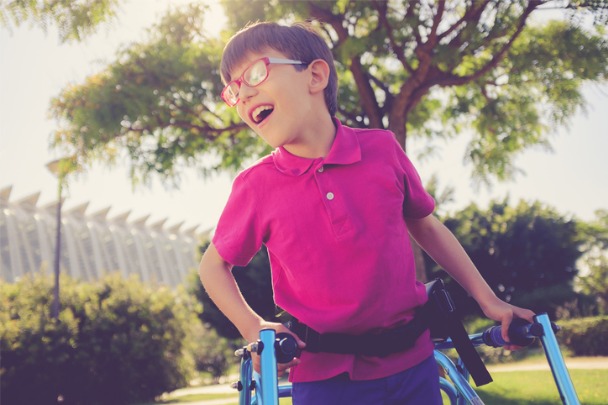Cerebral palsy is a group of permanent movement disorders that appear in early childhood, significantly impacting the physical growth and development of a child in various ways. One might wonder, how does cerebral palsy affect development? Early intervention and support can help address these challenges and enable children to lead more functional lives.
How Does Cerebral Palsy Cause Deformities?
The Impact of Cerebral Palsy on Physical Development
Cerebral palsy affects each child differently, but it generally impacts physical development in several key areas:
Motor Skills
When answering the question “How does cerebral palsy affect development,” motor function is often the primary concern. Cerebral palsy primarily affects motor function, which includes both gross motor skills (such as walking and jumping) and fine motor skills (such as writing and using utensils). Depending on the severity of their condition, a child with cerebral palsy may experience difficulties in developing these skills at the same rate as their peers. This underscores the need for early intervention and targeted therapies to optimize their developmental outcomes.
Muscle Tone and Posture
Children with cerebral palsy often have abnormal muscle tone; their muscles may be either too stiff (hypertonia) or too floppy (hypotonia). This imbalance can lead to difficulties in maintaining posture and can significantly impact their ability to sit, stand, or walk. Over time, the increased or decreased muscle tone can guide the growth of bones in an abnormal pattern, leading to deformities.
Joint and Bone Development
As children with cerebral palsy grow, abnormal muscle tone and posture can lead to joint and bone deformities. The muscles’ constant pull on bones, especially during growth spurts, can lead to changes in bone structure and joint alignment. This can result in conditions such as scoliosis (a curvature of the spine) and hip dislocation.
Growth and Nutrition
Children with severe cerebral palsy may experience difficulties with feeding and swallowing, which can impact their nutritional intake and overall growth. Malnutrition can further complicate physical development, leading to weakened bones and muscles.
Mobility
Mobility issues are common in children with cerebral palsy due to the combination of muscle stiffness, joint deformities, and coordination challenges. These mobility issues can range from mild, where a child may only need braces or walking aids, to severe, where a child may require a wheelchair for mobility.
The Role of Early Intervention
Early intervention is crucial in managing the physical development challenges associated with cerebral palsy. Through a combination of physical therapy, occupational therapy, and, in some cases, surgical interventions, children with cerebral palsy can achieve greater independence and improved quality of life. These interventions can help:
- Improve Muscle Tone and Strength: Targeted exercises can help balance muscle tone, improve posture, and prevent deformities.
- Enhance Motor Skills: Therapy can assist children in developing both gross and fine motor skills, aiding in everyday activities.
- Prevent and Manage Deformities: Orthopedic interventions, including surgery and the use of braces or splints, can help manage and prevent bone and joint deformities.
- Support Growth and Nutrition: Nutritional guidance and support can ensure that children with cerebral palsy receive the nutrients they need for healthy growth.
Choose a Multidisciplinary Team for Children with Cerebral Palsy
At Children’s Cerebral Palsy, our mission is to maximize the functional abilities and care of these children with specialized needs. Our team, led by Dr. David Siambanes, is skilled in addressing the wide spectrum of challenges associated with cerebral palsy. From managing spasticity and mobility issues to addressing developmental milestones, we are committed to providing comprehensive care that enhances the quality of life for every child we serve.







